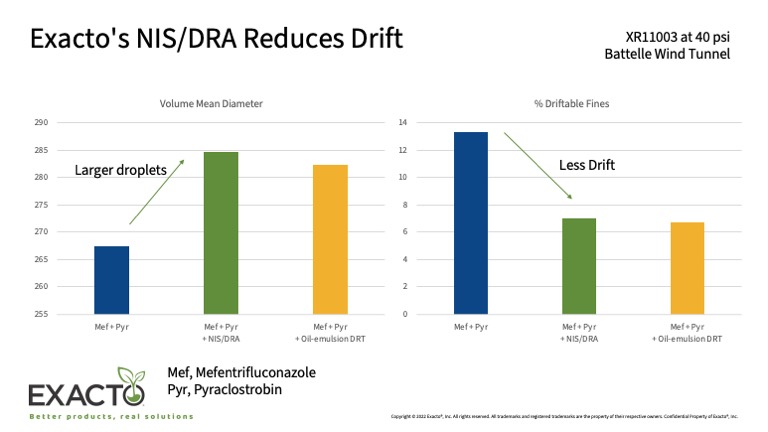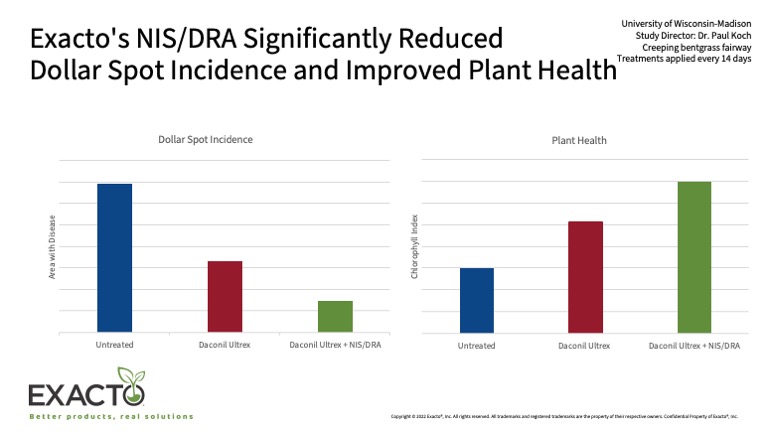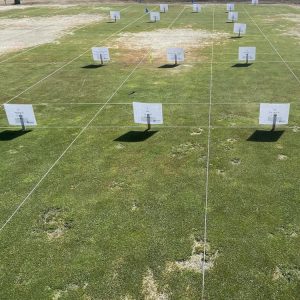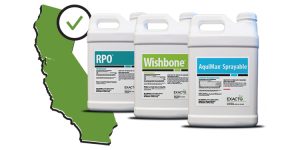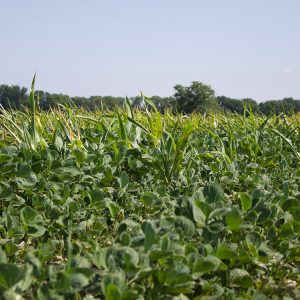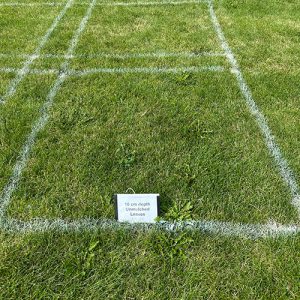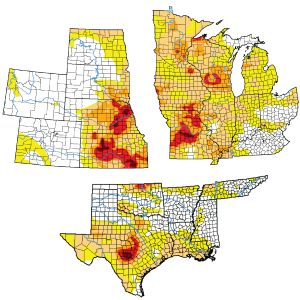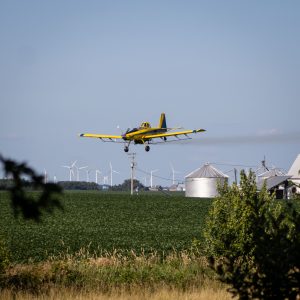
How Fungicides & Adjuvants Work Together to Reduce Disease Pressure
Fungicides are an important part of plant health, protecting crops from disease. Corn tar spot, southern corn rust, and frogeye leaf spot are a few diseases that can be costly if not treated with an effective fungicide application. Planning an application with adjuvants specifically targeting these diseases is imperative to reducing disease pressure.


